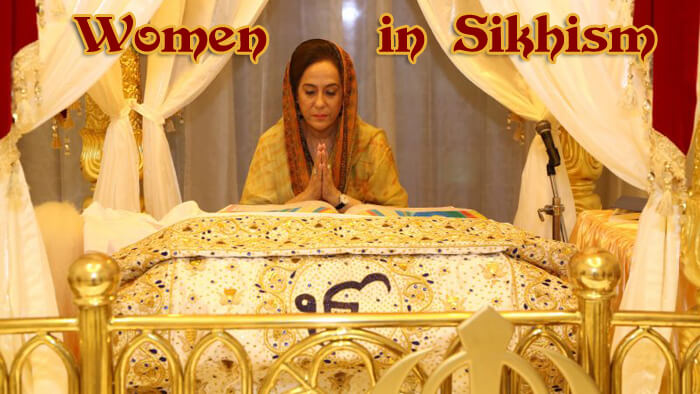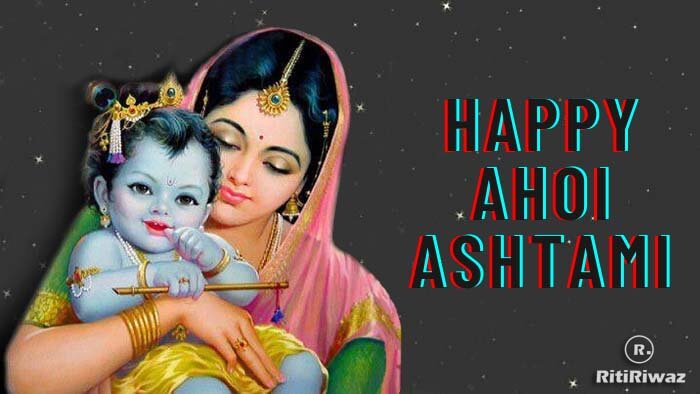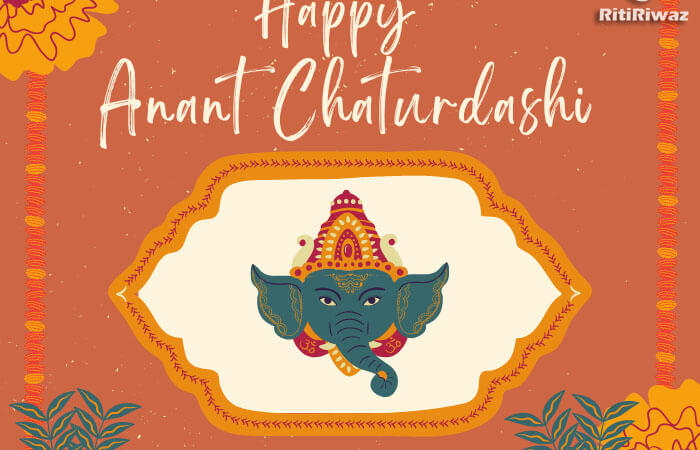Women in Sikhism

Sikhism stands for the equality of women and men and denounces any discrimination pertaining to gender, race, caste, creed, or color. The role of women in Sikhism is outlined in the Sikh scriptures, which states that all women are equal to men. Women have the same souls as men thus possess an equal right to cultivate their spirituality with equal chances of achieving salvation.
Many of the rights given to women by the gurus have been superficially utilized by the religious community. Take the importance of women being involved in religious activities: this was paramount to the gurus. In particular, women’s involvement in religious observance and services, which was intended to take women out into the wider community where they would have a definite and defined ‘public’ role as mothers and teachers of the youngsters.
The Sikh Gurus offered their vision of gender equality within the Sikh community and took practical steps to foster respect for womanhood. They were certainly ahead of their times when they championed the cause of women with equal access in spiritual and temporal matters.
In the fourteenth century, before the time of Guru Nanak Dev Ji, Indian women were severely degraded and oppressed by their society. Given no education or freedom to make decisions, their presence in religious, political, social, cultural, and economic affairs was virtually nonexistent. A woman was referred to as the root of all evil, snare, and temptress. Her function was only to perpetuate the race, do household work, and serve the male members of society.
Female infanticide was common, and the practice of Sati was encouraged, sometimes even forced. In the Sati system, if the husband of any woman dies then the woman was to cremate alive with his husband’s body. Guru Amar Das Ji, the third Guru of Sikhs, raised his voice and denounced the Sati system. He made every possible attempt to eliminate the Sati system and achieve equality for women.
Guru Nanak Dev Ji condemned this man-made notion of the inferiority of women and protested against their long subjugation. The Ultimate Truth was revealed to Guru Nanak Dev Ji through a mystic experience, in direct communion with God. There is no scope for any discrimination against women because of their sex. Guru Nanak Dev Ji conveys this Truth through his scripture as follows:
“Man is born from a woman; within woman, man is conceived; to a woman, he is engaged and married. Man is friends with a woman; through woman, the future generations exist. When his woman passes away, he seeks another woman; to a woman, a man is bound. So why call her bad? From her, kings are born. From a woman, a woman is born; without a woman, there would be no one at all” (Guru Granth Sahib Ji, 473).
The most famous empowerment occurred when Guru Gobind Singh, the Tenth Sikh Guru, created the Khalsa—the order of people pledged to fearlessly stand on the front line against oppression, protecting the weak of all castes and creeds from cruel tyranny. He issued orders forbidding the Khalsa from associating with those that practiced female infanticide. He also forbade Sikhs to exercise any proprietary rights over women captured in battle, they could not be kept as slaves or wives but were to be treated with the utmost respect.
The Sikh Gurus envisioned a society where all people were equal – regardless of gender, caste, religion, or any other social marker that creates divisions between people. In an effort to erase the marker of caste in the Sikh community, Guru Gobind Singh Ji called for all Sikh women to keep the surname Kaur and Sikh men the surname Singh. Both men and women were supposed to follow the 5 Ks, Kesh(uncut hair), Kangha(comb), Kara(iron bracelet), Kachera(cotton undergarment), and Kirpan(iron dagger), and there was never a distinction between what a woman should be allowed to do versus as man.
The human body is transitory; the difference between man and woman is only transitory and as such superficial. Thus, according to Sikh ideology, all men and women possess equal status. All human beings, regardless of gender, caste, race, or birth, are judged only by their deeds. With this assertion, the Sikh Gurus invited women to join the holy congregation, work with men in the Langar (common kitchen), and participate in all other religious, social, and cultural activities of the Gurdwara Sahib (Sikh Church).
Sikh Gurus redefined marriage as wedded to one wife only and taught that males and females alike need to practice conjugal fidelity. The Gurus spoke against the practice of polygamy and preached to have only one wife. Guru Amar Das Ji, the third Guru, wrote: “Only they are truly wedded who have one spirit in two bodies.”
Guru Amar Das Ji also condemned the wearing of the veil and female infanticide. The steps Sikh Gurus took to advocate the equality of women revolutionized the tradition of Indian society. As women began to partake in social, religious, and political affairs, their contribution and worth as equal partners of men became more obvious. The Gurus taught that men and women are equal in the eyes of God, so are equal in rights on the Earth.






